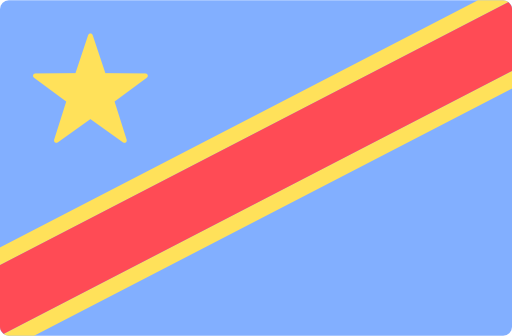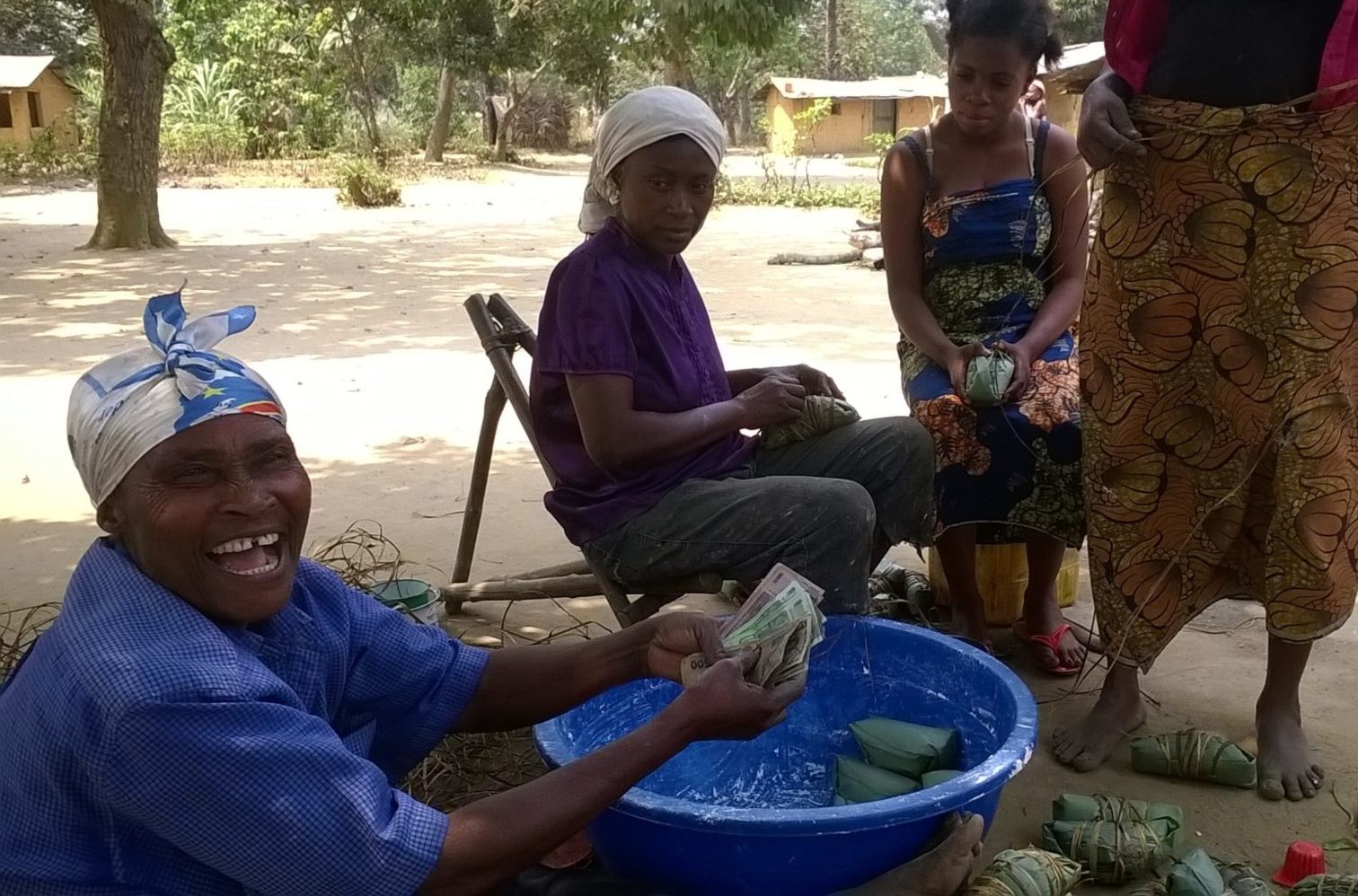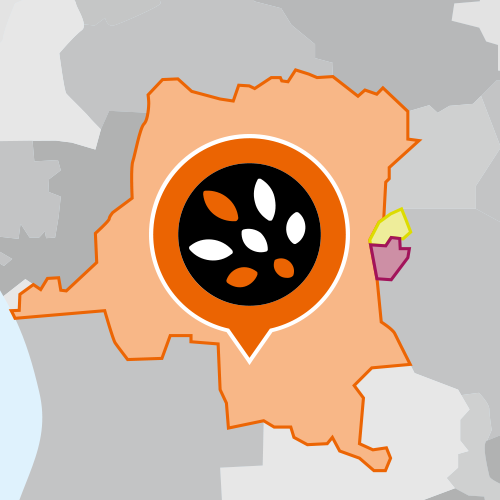
Capital: Kinshasa
Population: 105 millions
73% of the population are living below the poverty line
Life expectancy: 62 years
Areas of intervention: Food sovereignty, Gender and gender equality, Conflict prevention, Environment
HDI: 179th out of 191 countries.
Literacy rate: 77%
Contexte
The Democratic Republic of Congo, also called Congo, DRC, or Congo Kinshasa, is the second largest country on the African continent after Algeria, and the fourth most populous. The Congo River, the second largest river in the world, provides a ready water supply. Its soil is rich in natural resources, especially minerals, including gold, diamonds and tin.
With one of the lowest HDI scores in the world, the Democratic Republic of Congo ranks 179th out of 191 countries, with more than 60% of its population living in poverty. It has an economic growth rate of around 8%, but any wealth created rests in a small number of hands and the majority of the population do not derive any benefit from it. Elections at the end of 2018 led to a democratic political transition (in the words of international observers) between former President Joseph Kabila and his successor Felix Tshisekedi. North Kivu, South Kivu, Kasai and Ituri, regions where security tensions are high, are particularly vulnerable to the emergence of new conflicts and violence. Women and children are invariably in the front line of unrest and are frequent victims of abduction, rape and violence.

Activities
Secodev’s priority intervention area in the DRC is food sovereignty. With more than 80 million hectares of agricultural land available, of which only about 3% is in current use, the DRC has one of the world’s greatest potential for food self-sufficiency. In addition, 70% of the country’s workforce is employed in agriculture-related sectors, with the remainder in the export of mineral resources.
Despite its territory being 55 times larger than that of Switzerland, nearly 13 million Congolese live in extreme food insecurity, according to the WFP (World Food Program).
The majority of its 81 million population live below the poverty line. Currently nearly 70% of rural households survive on subsistence farming, this being their main source of food and income.
Secodev and its partners run projects to help steer people towards food sovereignty. To this end, the organisation supports the creation of farming organisations and associations. Rural families are trained in the implementation of new agroecological practices through farming organisations. These also enable them to gain easier access to infrastructures for processing and marketing their produce. Farmers are also taught modern breeding techniques and introduced to different species, such as chickens or octodons.
With very little gender equality being practiced in the Congo, major efforts are being deployed to provide information and raise awareness around this subject. Women mostly find themselves enslaved in casual labour with around 70% of women expected to provide agricultural labour in addition to the tasks they perform in their homes. Secodev also runs initiatives to promote gender and gender equality and to prevent violence both at a regional level, involving conflicts and security tensions, and domestic abuse in the home.


